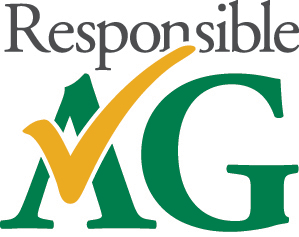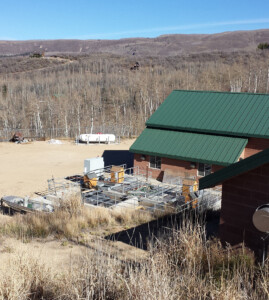By Jared Alder, MS

During large rainstorms, leaks can occur from the added amount of water that seeps into the system via the same openings where water exits from the system during dry times. During the recent Tropical Storm Cristobal in the Gulf Coast area of the United States, utilities reported sewage spills that occurred during and after the storm. The spills are a result of a complex underground sewer system that is not capable of handling modern weather events. Large rainfall events, such as tropical storms and hurricanes, can overwhelm aging infrastructure—including old wastewater pipes, pump stations, and, in some cases, treatment facilities.
In May of 2017, the City of Philadelphia was replacing a section of water pipe along Spruce Street when a backhoe dug up a section of hollowed–out log that had been in service since the James Madison Administration. This section of wooden pipe was part of the original 45 miles or so of sewer system that was designed by Benjamin Latrobe, who was the architect of the U.S. Capitol Building.
Back across the pond in England, utility firms are increasingly turning to technology to help combat pipe leakage. They are installing thousands of sensors across their networks of pipes and junctions in an effort to detect leaks. While sensors have been used in the past, there is a renewed emphasis on connecting all the sensors to the grid to make a “smart” sensor system. The sensors used include accelerometers—the same technology that detects movement in smart phones—which can detect vibrations in the pipe that are often associated with leaks. Another technology is acoustic sensors, which can “listen” for certain sounds that are typical of leaky pipes.
Also being used to help make water pipes smart is narrowband internet of things (NB-IoT). This narrowband technology is a communications system that can transmit signals from thousands of sensors while utilizing just a fraction of the normal data that are typically associated with transmitting lots of information. This narrow band allows sensors located in pipes to send more frequent data updates to a central system without draining batteries, which means longer lifespans for the sensors. Power conservation is achieved because the sensors are programmed to activate at a certain time of the day and then to “listen” to the system and transmit the data. Should a leak be heard, the system can calculate roughly where it might be along a length of pipe, based on the speed at which sound travels through the pipe. The data are collected and compared over multiple sensors to see if there are similar detections. When multiple sensors detect the sounds, it helps to pinpoint the source of the leak. All of these sensors act as the virtual eyes and ears of the distribution system.
Utility managers often say that finding the source of leaks is the holy grail of pipe maintenance. While there is no perfect system, combining multiple technologies to detect leaks is certainly heading in the right direction. Technology can help utilities identify leaks, prepare for storm events, and, ultimately, protect and save water from being wasted.
Related Posts

Bio Huma Netics Achieves Responsible Ag Certification
Bio Huma Netics, Inc. (BHN), the maker of Huma Gro® and Fertilgold® Organics crop nutrition and protection products, has achieved Responsible Ag certification for its fertilizer manufacturing facilities. Responsible Ag is the only program in the nation that provides a voluntary comprehensive assessment of a fertilizer manufacturer’s compliance with federal regulations. Certification requires that a

The Christmas Cactus
Blooming just in time for the holidays, the Christmas cactus is more tropical than desert-tough. Native to the Brazilian rainforest, this festive plant thrives in humid conditions, indirect light, and even grows on trees, making it a unique holiday classic with a surprising backstory.

MICROPLEX® JS Jump-Starts Summer Camp Wastewater Treatment Plant
Each year a summer camp in Utah becomes inundated with campers. The camp’s wastewater treatment plant goes dormant during the winter months with only occasional flows. The biomass becomes very inactive and in years past became overloaded and upset when the high organic load arrived at the plant at the beginning of the camping season.

